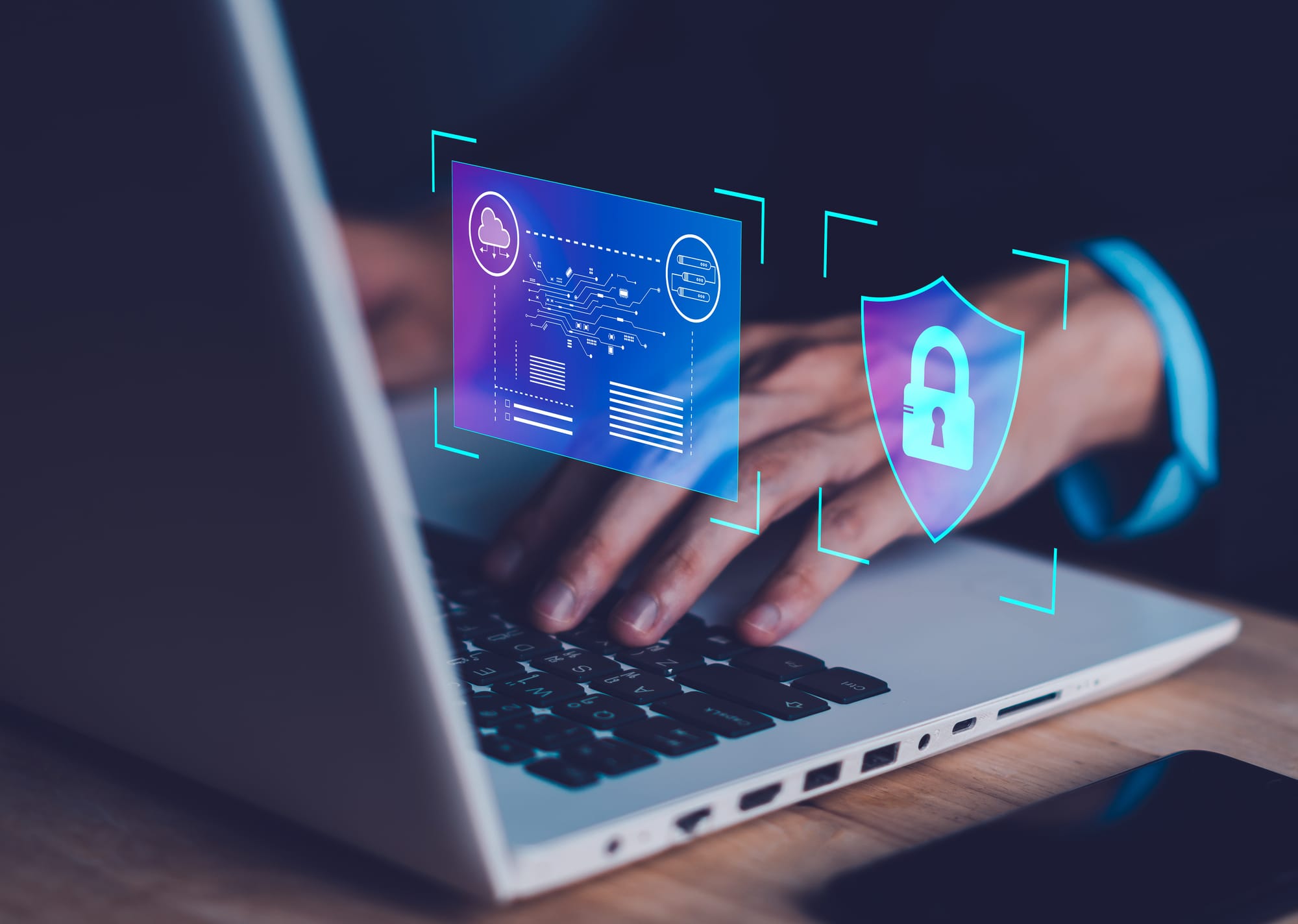EMERGING TECHNOLOGIES AND CYBER SECURITY RISKS 2024

Emerging Technologies and Cyber Security Risks: 2024
In 2024, the technological landscape is advancing swiftly. As new technologies emerge, the complexity of cyber threats increases. It is vital for businesses, governments, and individuals to understand potential security vulnerabilities and prepare accordingly. This article examines the top emerging technologies of 2024, which are likely to remain significant into 2025, and their associated cybersecurity risks.
- Quantum Computing
Quantum computing is poised to transform industries with its ability to perform intricate calculations at unparalleled speeds. Yet, this capability also presents considerable security challenges. Conventional encryption techniques, currently safeguarding the bulk of digital communications, could be compromised by quantum computers. It is imperative for organizations to transition to quantum-resistant encryption techniques to protect sensitive data from potential quantum threats.
- 5G and Beyond
The worldwide deployment of 5G networks brings enhanced connectivity and more dependable communication. Looking ahead to 6G and subsequent technological progress, we anticipate a surge in connected devices and data production, which will expand the potential targets for cybercriminals. It will be crucial to implement thorough security measures at every level, from individual chips to the entire network, to thwart data breaches and unauthorized access.
- Internet of Things (IoT)
The proliferation of IoT devices in both personal and professional realms continues to be a significant trend. From smart home devices to industrial IoT, these devices often lack robust security features, making them easy targets for cyberattacks. Comprehensive security by design, regular updates, and rigorous testing are essential to protect IoT ecosystems from emerging cyber threats.
- Artificial Intelligence and Machine Learning
The use of AI and ML technologies is on the rise, improving decision-making and operational efficiency. Yet, they bring new risks such as algorithmic bias, data poisoning, and model theft. To safeguard AI systems, it's crucial to secure data inputs, increase algorithm transparency, and enforce strong access controls.
- Augmented Reality (AR) and Virtual Reality (VR)
As AR and VR technologies become more integrated into various sectors like education, healthcare, and retail, they also become prime targets for new forms of cyberattacks. These technologies collect and process vast amounts of personal data, which can be intercepted or manipulated. Implementing end-to-end encryption and robust authentication measures are crucial for securing AR and VR platforms.
- Blockchain and Cryptocurrencies
Despite their inherent security features, blockchain and cryptocurrency systems are not immune to cyberattacks. Issues such as smart contract vulnerabilities, 51% attacks, and exchange security breaches remain critical concerns. Continuous security assessments and adhering to best practices in smart contract development are vital for maintaining the integrity of blockchain systems.
- Biometric Security
Biometric systems, including facial recognition, fingerprint scanners, and voice recognition, are becoming commonplace. While they offer a high degree of security, they also raise significant privacy and security concerns, particularly if biometric data is compromised. Ensuring that biometric data is stored securely, using encryption and secure hardware modules, is imperative.
- Edge Computing
Edge computing pushes data processing to the edge of the network, closer to where data is generated. While this reduces latency and can improve privacy, it also decentralizes data security, potentially increasing vulnerability. Implementing standardized security protocols and conducting regular security audits are necessary to secure edge computing environments.
- Autonomous Vehicles
The advancement in autonomous vehicles is moving swiftly, and so are the associated security risks. These vehicles rely heavily on interconnected systems and real-time data, making them potential targets for cyberattacks that could lead to physical harm. Robust encryption, secure communication channels, and advanced anomaly detection systems are required to protect the integrity of autonomous vehicles.
- Cloud Computing
The dependency on cloud computing continues to grow, and with it, the need for enhanced cloud security strategies. As businesses and individuals increasingly adopt multi-cloud and hybrid cloud environments, ensuring the security of data across different platforms and preventing data leaks or unauthorized access remains a challenge. Adopting a zero-trust architecture and using secure access service edge (SASE) models can help mitigate these risks.
In summary, the advent of new technologies presents thrilling prospects for progress and productivity, yet it concurrently introduces significant cyber security challenges. It is crucial to tackle these risks head-on with sophisticated security protocols, remain abreast of the most recent security trends, and cultivate a steadfast commitment to cyber resilience to safeguard our digital landscape in 2024 and the years to follow.